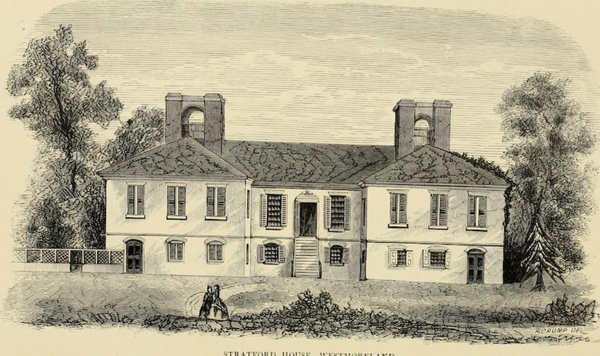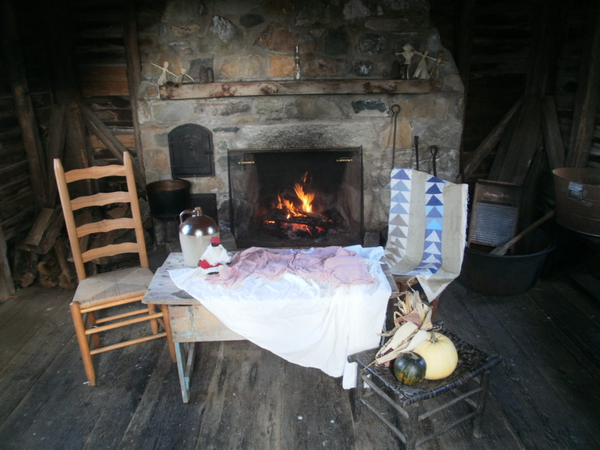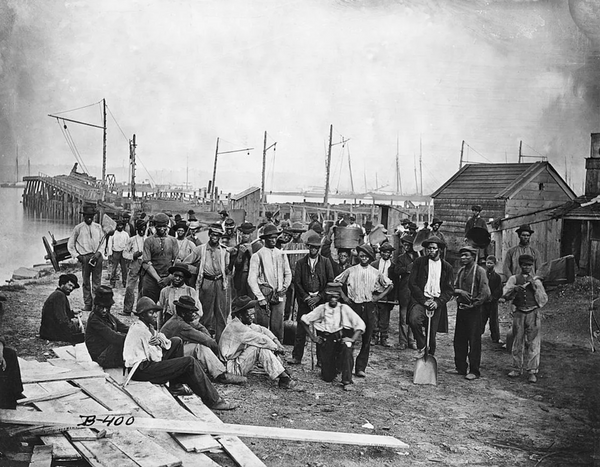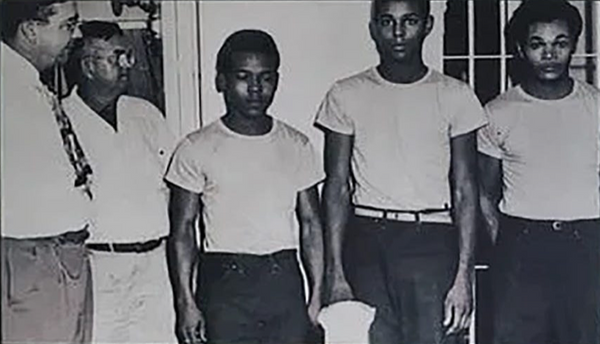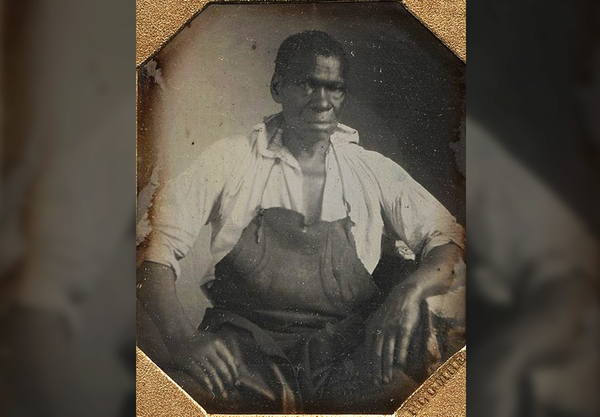In honor of Black History month, instead of focusing on the usual lineup of Black giants in our history like Rosa Parks and Martin Luther King, Jr., I wanted to honor the everyday citizens of long ago who are rarely commemorated in our history books.
These men and women are behind the movements spearheaded by the names we hear about every February. Mothers and fathers worked tirelessly to build their communities and businesses despite the harsh conditions faced every day.
Reconstruction Brings About New Opportunities
When the Civil War ended, and Lincoln abolished slavery, many newly freed Black people set out to build independent lives for themselves. During the ten years of the Reconstruction era between 1865 and 1877, Black Americans gained the right to vote and could hold seats in both the state legislature and US Congress.
Black citizens took full advantage of what happened in their political and personal lives. They set out to build communities and businesses for themselves.
These freedoms and gains were short-lived, however, as white southerners grew angry at the new status Black people were gaining and enacted new laws known as Black codes that severely limited their freedoms.
Gone were their voting rights, their ability to move about freely, and their ability to hold office. To make sure they stayed in their place, southern white people formed the Ku Klux Klan to carry out a campaign of threats and violence.
Black Americans received beatings, had crosses burned on their lawns, and too often lost their lives by lynching when they attempted to protest their treatment.
Undeterred, Black Americans continued to challenge the status quo. Individuals such as W. E. B. DuBois urged Black citizens to further their educations so they could pursue careers other than domestic work or sharecropping.
Black advocates encouraged them to pool their resources to support themselves and build up their communities free from the tyranny of racist white folks. Many successful all-Black communities sprang up across the country. Most of these communities were in the northern and western parts of the country where Black people believed they had more opportunities.
Black Businesses Created Thriving Black Communities
Entrepreneurship was not a new concept for African Americans in previous generations. Even during the period of enslavement, many Black people used their skills and talents to earn money for their owners and themselves. Sometimes enslaved people could even buy their freedom or their family members' freedom with the money they earned.
Once freed, they continued to use those skills to form their own businesses or work for others but spent their earnings patronizing their community shops and stores.
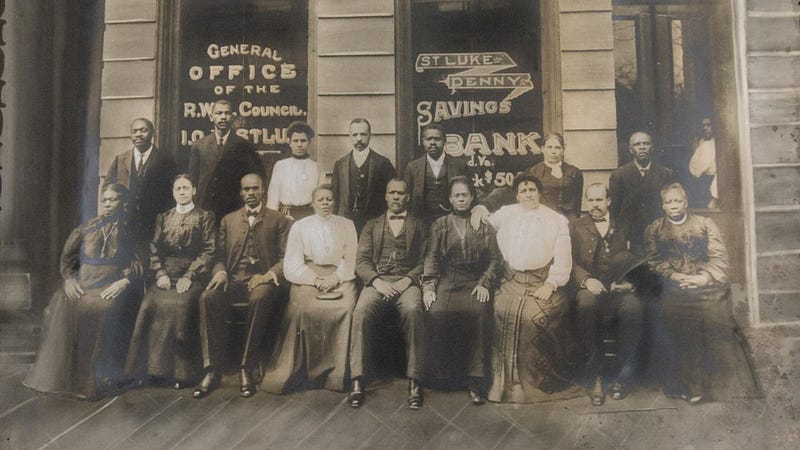
Often, communities sprang up because of business endeavors. One example was in the Greenwood district of Tulsa, Oklahoma. Wealthy businessman O.W. Gurley wanted to build a place where Black Americans could settle and build on their own land in safety.
He started the community with forty acres of land intending to sell only to Black Americans. The first building that Gurley built was a boarding house where newcomers could stay until they settled.
He encouraged Black Americans to relocate there and even gave individuals money to start their own businesses.
Soon, other rich entrepreneurs followed and built their enterprises there too. After just a few years the community had amassed several businesses, including a hotel, grocery store, barbershops, and beauty shops—there was even a movie theater.
The neighborhood had both Booker T. Washington and Dunbar schools. There were pharmacies and clothing shops, law offices, dentist and doctor offices, two churches, and nightclubs.
Residents of the enclave spent their money almost exclusively within the community. Black-earned money circulated almost nineteen times before it left the area. Banks in the Greenwood district managed residents’ money and had programs designed to help citizens start and maintain businesses.
This enclave became known as Black Wall Street because of the wealth that residents had amassed. Most people owned their own land and worked for themselves. White people across the railroad tracks in the neighboring white section grew jealous seeing Black Americans living far more comfortably than themselves. Angry white people ended up destroying Greenwood on a violent rampage.
Black Americans created dozens of communities across Oklahoma that were self-sustaining environments for themselves, mainly out of necessity. They could not live among white folks who persecuted them for patronizing their establishments and harassed them for going about their daily lives.
The Growth of Black Businesses
In cities like Chicago, Detroit, and New York, there was another type of business that allowed Black Americans to escape the dismal conditions that came along with living in urban ghettos: the policy business.
According to WTTW, Chicago’s PBS television station, policy was an illegal game of chance similar to today’s lottery. Players made bets on what the day’s numbers would be and if they chose the right numbers, they could win far more than they put up for the bet.
Although illegal, the policy industry provided many jobs in urban areas. The policy kings gave loans to open businesses and added legitimate enterprises to the neighborhoods and communities. They pumped much-needed money into these areas that would otherwise have suffered because of a lack of neighborhood funding.
As with all illegal endeavors, there was an upside and a downside to the game that many urban centers depended on. Along with the copious amounts of money generated by the policy, corruption and violence flourished as gangsters competed for control of the lucrative business and territories it covered.
In a segregated city where access to financial capital was scarce, the illegal enterprise was a powerful economic engine. It helped drive the growth of many legitimate Black businesses, created jobs, offered financial support for civic activities, and provided patronage for the arts. — From Riots to Renaissance-Policy Kings PBS station
With the policy kings providing patronage for the arts, a cultural explosion took place as Black Americans asserted their own ideas of what the Black experience was and dispelled with the stereotypes that had been perpetrated against them.
The Harlem Renaissance
The cultural shift that resulted from Black Americans beginning to openly explore and promote their creative and intellectual endeavors became known as the Harlem Renaissance. Writers, musicians, actors, and activists sought to change how Black Americans viewed themselves and also how white citizens viewed them.
Activists such as Marcus Garvey created newspapers to help circulate new ideas among Black Americans. Writers such as Langston Hughes and Zora Neale Hurston portrayed the spectrum of Black life with all its sorrows and joys.
James Van Der Zee, a noted photographer of the Harlem Renaissance, documented and captured the Black experience during that time.
Musicians and actors shared their talents to provide an escape and outlet from the often dismal realities of life in the ghetto. This period is important because of the pride that developed among Black Americans. Their accomplishments showcased to white people that the talent, skills, and intellectual ideas of Blacks were just as good as their own.
Often overlooked during Black History Month are the everyday individuals who risked their lives to make life better for themselves and others, the people who went out on a limb and started businesses to enhance the lives of the people in their communities.
The activists were willing to protest the mistreatment they were receiving. All these individuals, both known and unknown, who wanted to show the world that Black people had value to add to this country deserve recognition.
The countless stories passed down from our great-grandparents and grandparents should be remembered and retold for more than one month out of the year.
Because without the everyday people willing to follow and put in the effort and work required to make the changes that giants like Martin Luther King, Jr. dreamed about, life would look a lot different today.



